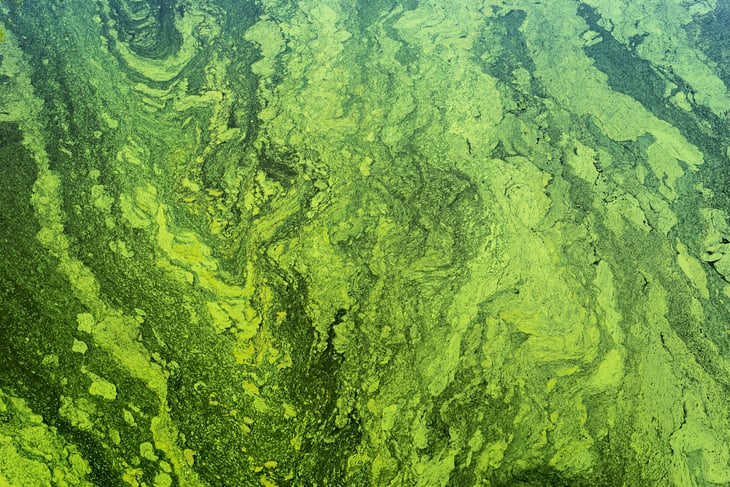By now, you've probably heard about the Animas River. A beautiful Colorado waterway turned mustard-yellow by an EPA slip-up, the Animas now courses millions of gallons of toxic waste.
The EPA was investigating the state of the nearby Gold King mine - an abandoned gold mine that was reported to be slowly leaking toxic waste into the river. The EPA team was to insert a pipe into the walls of the plugged-up mine in order to safely siphon the liquid waste into containers for transport and treatment. Misjudging the pressure behind the gold mine's debris, the attempt at draining the mine ended up effectively unplugged it - causing 3 million gallons of water tainted with cadmium, arsenic and other contaminants to rush down Cement Creek and into the larger Animas River.
Hayes Griswold, an on-site EPA coordinator, explained how underestimating the pressure within the 95-year old mine lead to the team removing too much debris from the ceiling while trying to install the sieve pipe. "We were very careful," said Griswold, who has 28 years of mining experience. He also remarked on how the mine's discharge rate is varying due to a series of cave-ins within the mine, though on average the mine is spilling out 200 to 700 gallons per minute of tainted water.
The Animas wasn't the only major river contaminated, as it itself flows into the San Juan river at a confluence found downstream in New Mexico. Countless people and wildlife are affected by the spill, and some Navajo Nations officials are floating the idea of suing the EPA for the destruction to their land.
If you take a stroll by the Animas today - a week after the original spill - you'll find the river is running clean. How? The EPA has set up a sort of mini tailings pond system at the mouth of the mine, where 3 makeshift reservoirs are catching the spill that is still spewing out of the mine. The problem is that the volume of liquid waste is such that the reservoirs are quickly filling. As for now, the ban on drinking water has been tentatively lifted due to the comprehensive testing that is sure to continue around the area. Given the ongoing situation though, it's understandable if nearby residents are keeping their taps closed.
Featured photo credit: Steve Fassbinder




